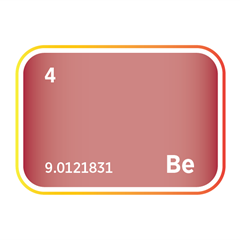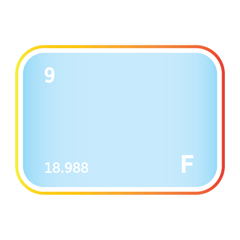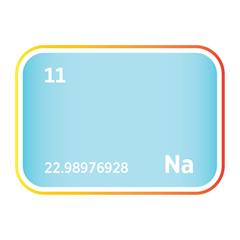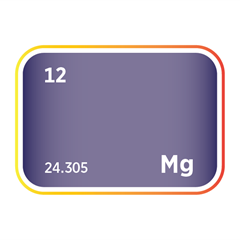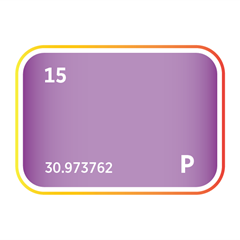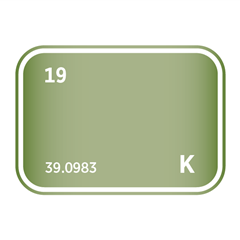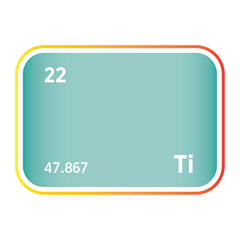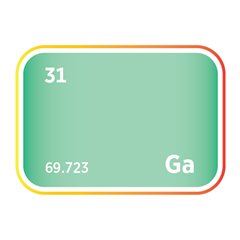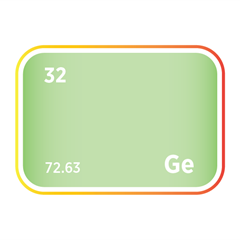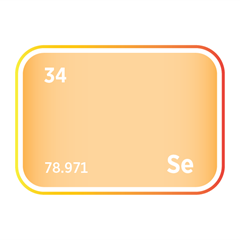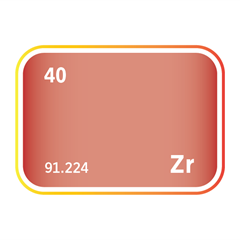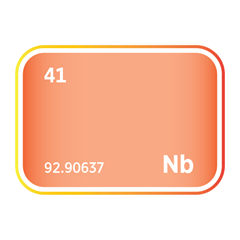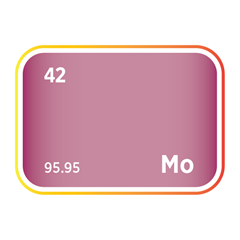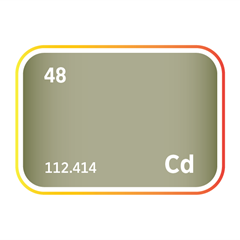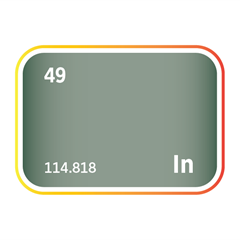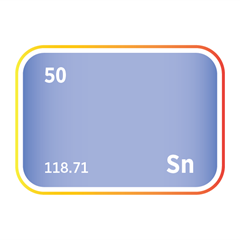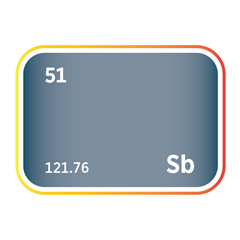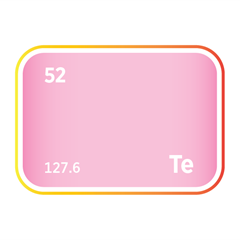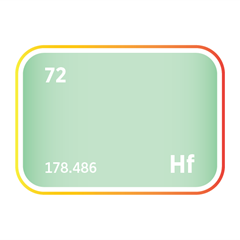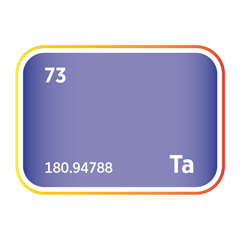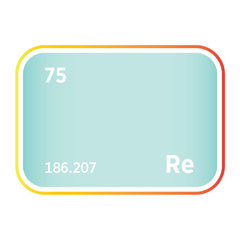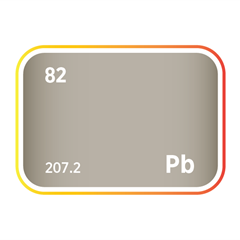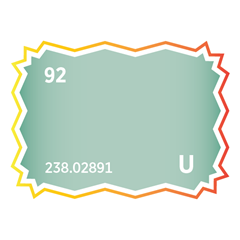Thorium
Critical Minerals and The Energy Transition
Navigating the Thorium Market
Thorium, a promising element in the energy sector, holds significant potential for revolutionising power generation. Predominantly utilised in nuclear reactors, thorium is heralded as a safer and more abundant alternative to uranium, offering a pathway to cleaner and more efficient nuclear energy. Its unique properties, including greater resistance to nuclear proliferation and reduced long-lived radioactive waste, make it an attractive option for addressing global energy needs while mitigating environmental impacts. Thorium's importance extends to its potential in advanced reactor designs, such as molten salt reactors, which promise enhanced safety and efficiency. The demand for thorium is driven by the growing need for sustainable and reliable energy sources, yet it faces challenges, including technological development, regulatory approval, and public acceptance. The thorium market is also influenced by geopolitical considerations, given its widespread availability and potential to diversify the global energy supply. As the world grapples with climate change and the transition to low-carbon energy, the thorium industry stands at the cusp of innovation, striving to meet the dual goals of energy security and environmental stewardship.
An introduction to thorium
Thorium demand and end-uses
Thorium is a weakly radioactive, naturally occurring metal with unique nuclear properties that have long positioned it as a potential alternative fuel in advanced nuclear energy systems. Although current commercial demand for thorium is minimal, interest in its future applications, particularly in next-generation nuclear reactors, continues to attract attention from researchers, energy policymakers, and strategic planners. Its high energy density, relative abundance, and favourable waste profile make thorium an intriguing option in the context of clean energy and long-term decarbonisation.
The most widely discussed potential use for thorium is as a nuclear fuel in thorium-based molten salt reactors (MSRs) and other advanced reactor designs. When irradiated, thorium-232 absorbs a neutron and transmutes into uranium-233, a fissile material capable of sustaining nuclear fission. Thorium fuels offer several theoretical advantages over conventional uranium-based fuels, including improved safety, higher fuel efficiency, reduced long-lived radioactive waste, and resistance to weapons-grade material proliferation. While no commercial thorium reactors are operating, several countries, most notably India, China, and Norway, are actively researching thorium fuel cycles and demonstration reactors.
In alloying and material science, thorium has been used historically in small quantities to improve the high-temperature strength and creep resistance of magnesium, tungsten, and other metals. Thorium oxide (thoria) was once widely used in high-temperature ceramics, welding electrodes, gas mantles, and aerospace components, owing to its extremely high melting point, thermal stability, and ability to retain shape at elevated temperatures. However, due to its radioactive nature and associated handling risks, many of these uses have been replaced by safer or more easily regulated alternatives.
Thorium compounds have also been used in catalysis, particularly in the chemical industry, where they have been employed in petroleum cracking and organic synthesis. Their strong Lewis acidity and thermal resistance can make them effective in specific high-temperature reactions, though these applications are now rare due to regulatory and environmental restrictions.
In scientific research, thorium is used in neutron sources, calibration standards, and materials testing related to nuclear fuel cycles. Its predictable radioactive decay and long half-life make it useful in radiometric dating, particularly for geological and oceanographic studies that rely on the thorium-uranium decay series to understand sedimentation rates and the age of rocks.
There is no large-scale commercial market for thorium, and demand remains negligible compared to other critical or strategic elements. Regulatory hurdles, political caution around nuclear energy, and the dominance of existing uranium fuel cycles have limited investment in thorium reactor deployment. As countries seek to diversify their energy mix and reduce reliance on fossil fuels, interest in thorium’s potential as a safer, more sustainable nuclear fuel may regain momentum, particularly in the face of global energy insecurity and decarbonisation targets.
Thorium’s prospects focus on commercialising next-generation nuclear technologies, especially those capable of operating with thorium fuels in closed or hybrid fuel cycles. If realised, thorium could play a meaningful role in enabling scalable, low-waste nuclear power, especially in countries with limited uranium reserves but significant thorium resources.
In the meantime, thorium’s status as a latent strategic material makes it relevant to long-term energy security planning and advanced nuclear R&D. Unlocking its potential will require breakthroughs in reactor design, regulatory adaptation, and public acceptance, along with greater international collaboration around nuclear innovation and fuel cycle sustainability.
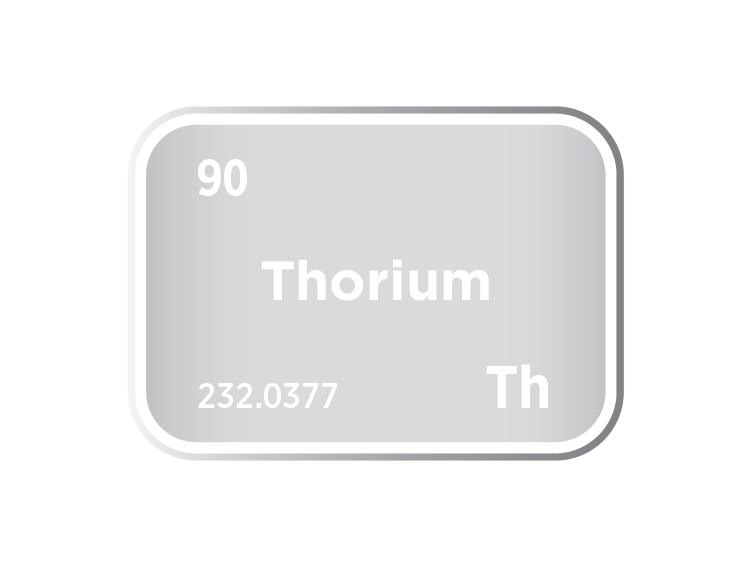
Thorium supply
Thorium is primarily recovered as a by-product of rare earth element (REE) extraction, with the highest concentrations found in phosphate minerals such as monazite, bastnäsite, and, to a lesser extent, xenotime, apatite, and minerals of the eudialyte group. Among these, monazite is the most commercially significant source, often containing notable levels of thorium oxide. These minerals are typically found in heavy mineral sand deposits and alkaline igneous complexes. Although thorium is significantly more abundant in the Earth's crust than uranium, it is not actively mined. It is generally treated as a regulatory burden or waste by-product in REE supply chains.
India holds the world’s largest reserves of thorium-bearing monazite and maintains a longstanding national strategy focused on thorium-based nuclear energy. Coastal states such as Kerala, Tamil Nadu, and Odisha contain vast beach sand deposits rich in monazite. Brazil also hosts considerable thorium resources, particularly in the states of Pará and Bahia, associated with its heavy mineral sands. Australia has large thorium occurrences, especially in Western Australia and the Northern Territory, though active recovery is minimal due to regulatory barriers and a lack of domestic demand. In the United States, thorium is present in legacy REE and phosphate mining sites in states such as Florida, Idaho, and Texas. Still, it is often stockpiled or disposed of because of its radioactive classification.
Despite being the largest global producer of REEs, China generates only modest quantities of thorium as a by-product. Its largest REE mines, such as Bayan Obo and the ion-adsorption clay operations in southern provinces, typically yield lower thorium levels than monazite-rich deposits. Nonetheless, thorium accumulation remains a long-term environmental management concern.
The by-product nature of thorium supply creates significant vulnerabilities. As it is not the primary target of mining activity, availability depends on the economics of REE production and the regulatory frameworks governing radioactive materials. Thorium is subject to stringent handling and storage requirements in many jurisdictions, making recovery costly and unattractive. These conditions discourage its integration into broader supply chains, and there are few incentives for commercial recovery unless regulatory policies are reformed and end-use demand is strengthened.
Currently, there is no active global market for thorium, and demand remains extremely limited, confined mainly to small-scale research or speculative interest in advanced nuclear technologies such as molten salt reactors. Thorium has not yet been commercialised in nuclear fuel cycles due to the absence of large-scale processing, enrichment, or reactor infrastructure. Recycling is virtually non-existent, and national stockpiles remain the only buffer against any future increase in demand.
Despite its latent potential, thorium remains a marginalised element in the global mineral economy. Unlocking its strategic value would require substantial investment in nuclear fuel research, reactor design, and international regulatory cooperation. Until then, thorium will continue to accumulate as a lightly managed residue in rare earth and phosphate mining operations.
Thorium reserves and resources
Thorium substitution
Substitution for thorium is unnecessary, mainly in most industrial applications today, as thorium itself sees limited commercial use. Where it has been deployed, such as in nuclear fuels, catalysts, and specialised alloys, viable alternatives already exist and are more widely adopted due to thorium's radioactivity and regulatory constraints.
In the nuclear sector, uranium remains the global standard for civilian and military applications. While thorium has theoretical advantages in next-generation reactor designs, such as molten salt reactors, it has been largely displaced by uranium-235 and plutonium-based fuel cycles. The global infrastructure, regulatory frameworks, and proliferation controls are all optimised for uranium, making it the de facto substitute in nuclear fission.
Due to its excellent thermal and electrical properties, thorium oxide was once used in high-temperature ceramics, lamp mantles, and gas tungsten arc welding electrodes in industrial applications. However, these uses have declined significantly. Cerium oxide and lanthanum-based compounds have largely replaced thorium in these roles, offering similar performance without the radiological risks. In metallurgy, thorium-alloyed magnesium or thorium-nickel alloys have been superseded by zirconium, titanium, and aluminium-based materials, which provide comparable high-temperature stability and mechanical strength.
In catalyst applications, thorium compounds were historically used in petroleum cracking and chemical synthesis. These have been replaced by zeolites, alumina, and rare-earth-based formulations, which are more environmentally acceptable and easier to handle.
Thorium's substitution profile is strong; its marginal use, combined with health and environmental concerns, has prompted the adoption of safer, better-understood materials across nearly all sectors. While thorium retains niche scientific interest, particularly in nuclear innovation, it has primarily been designed out of modern commercial systems.




Meet the Critical Minerals team
Trusted advice from a dedicated team of experts.

Henk de Hoop
Chief Executive Officer

Beresford Clarke
Managing Director: Technical & Research

Jamie Underwood
Principal Consultant

Dr Jenny Watts
Critical Minerals Technologies Expert

Ismet Soyocak
ESG & Critical Minerals Lead

Thomas Shann Mills
Senior Machine Learning Engineer

Rj Coetzee
Senior Market Analyst: Battery Materials and Technologies

Franklin Avery
Commodity Analyst

How can we help you?
SFA (Oxford) provides bespoke, independent intelligence on the strategic metal markets, specifically tailored to your needs. To find out more about what we can offer you, please contact us.





















